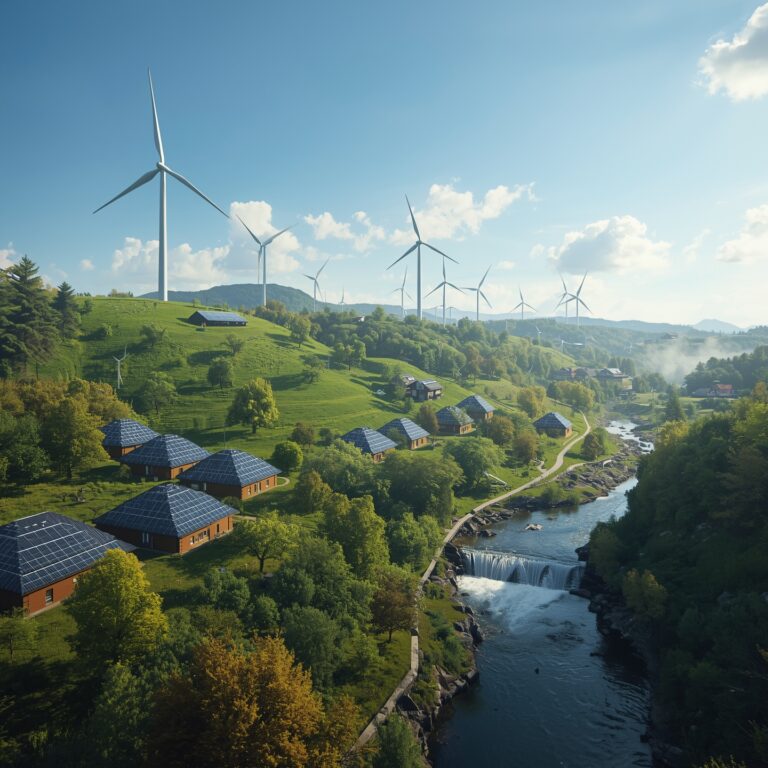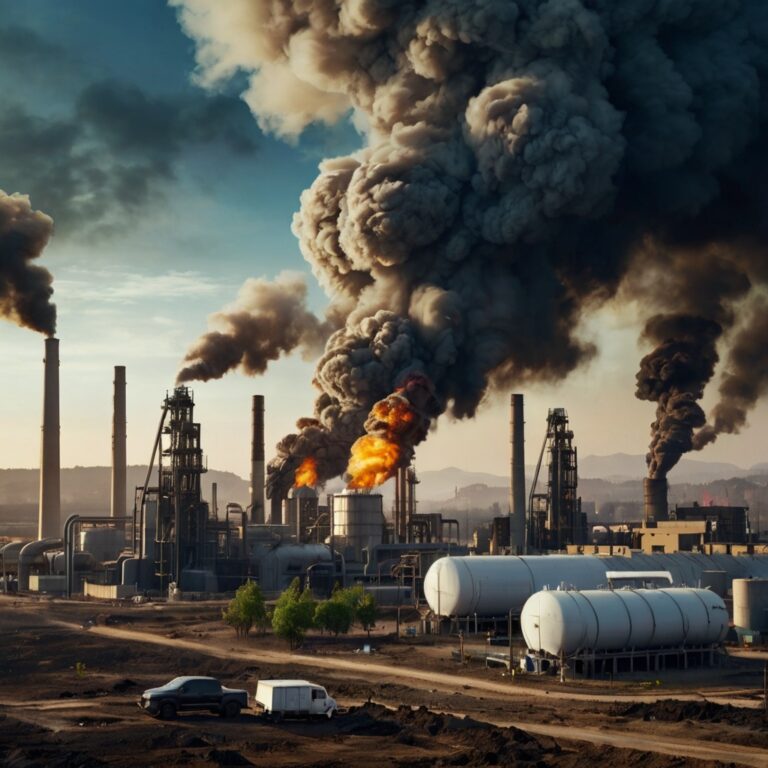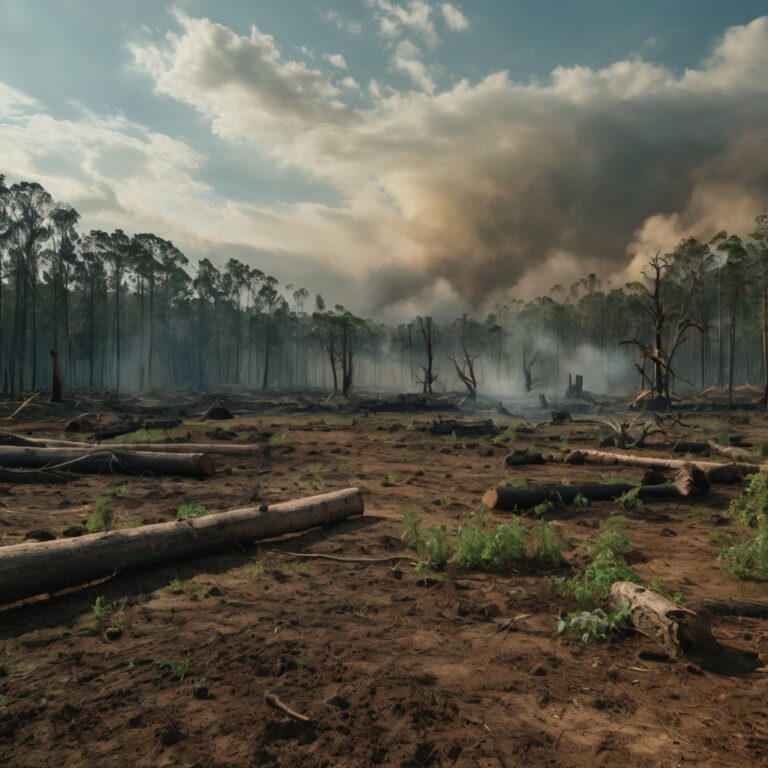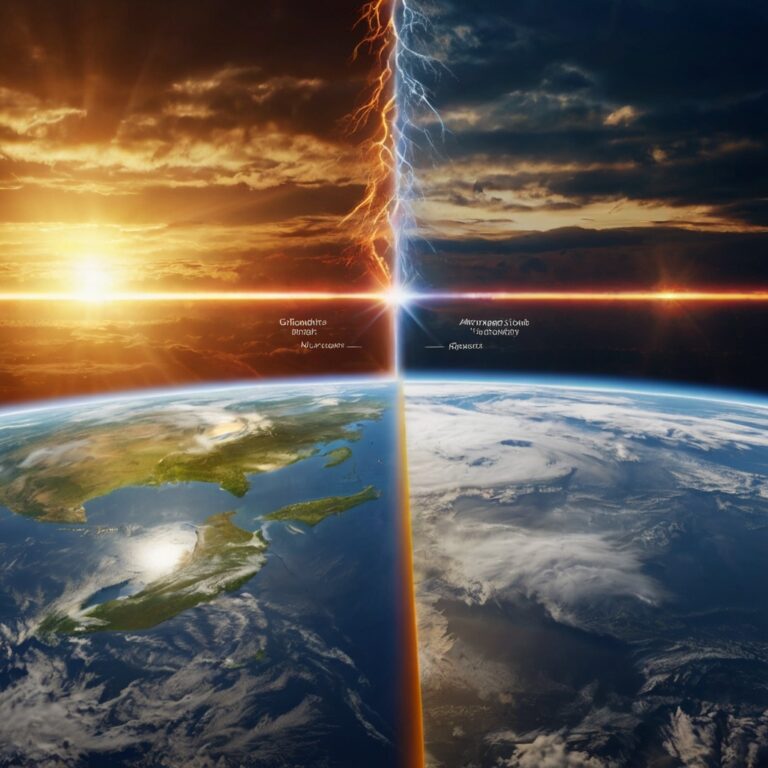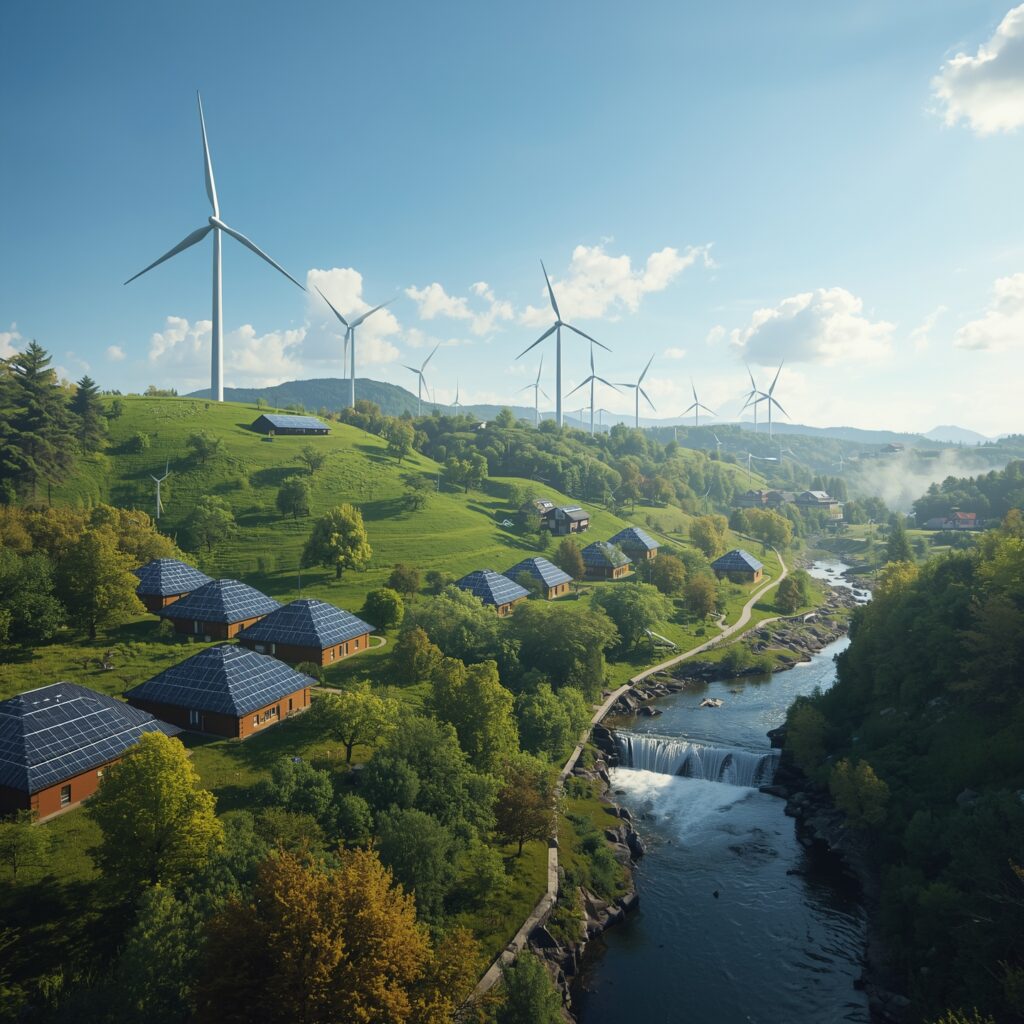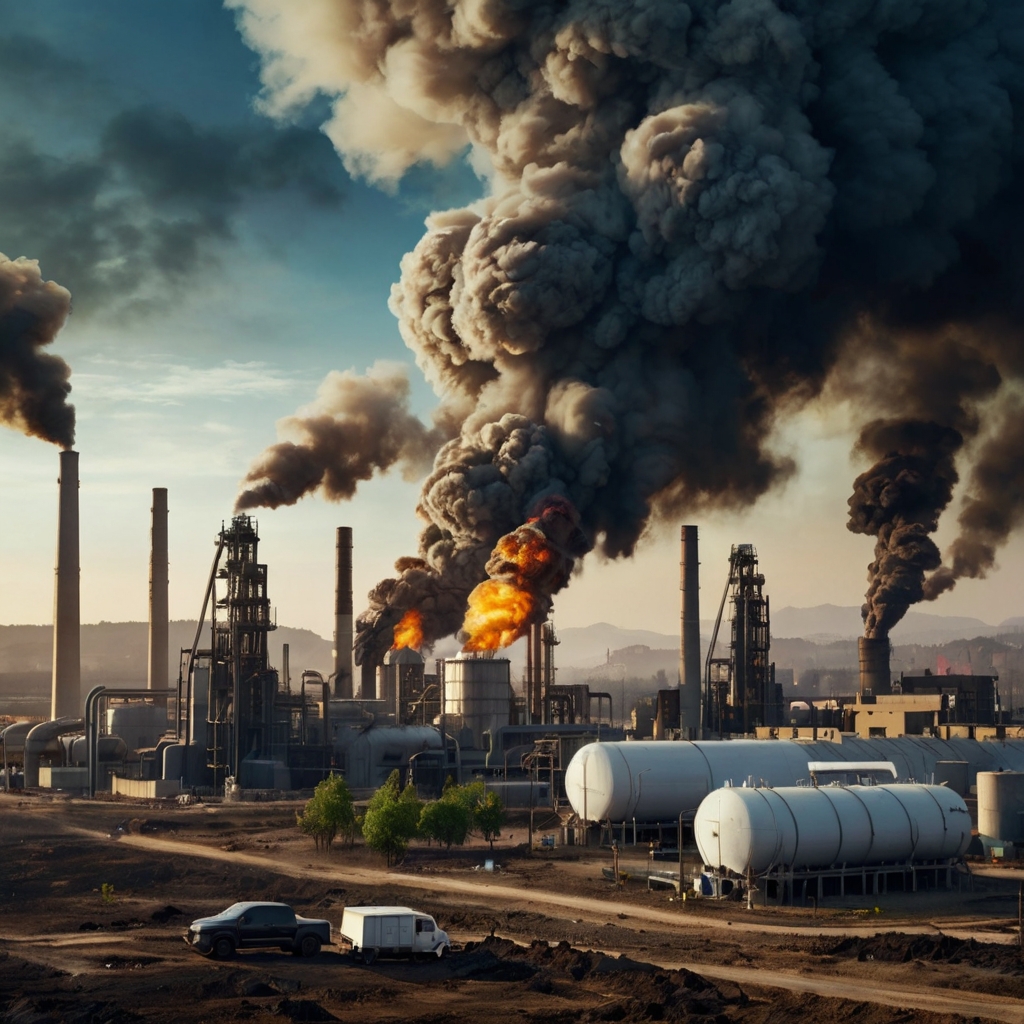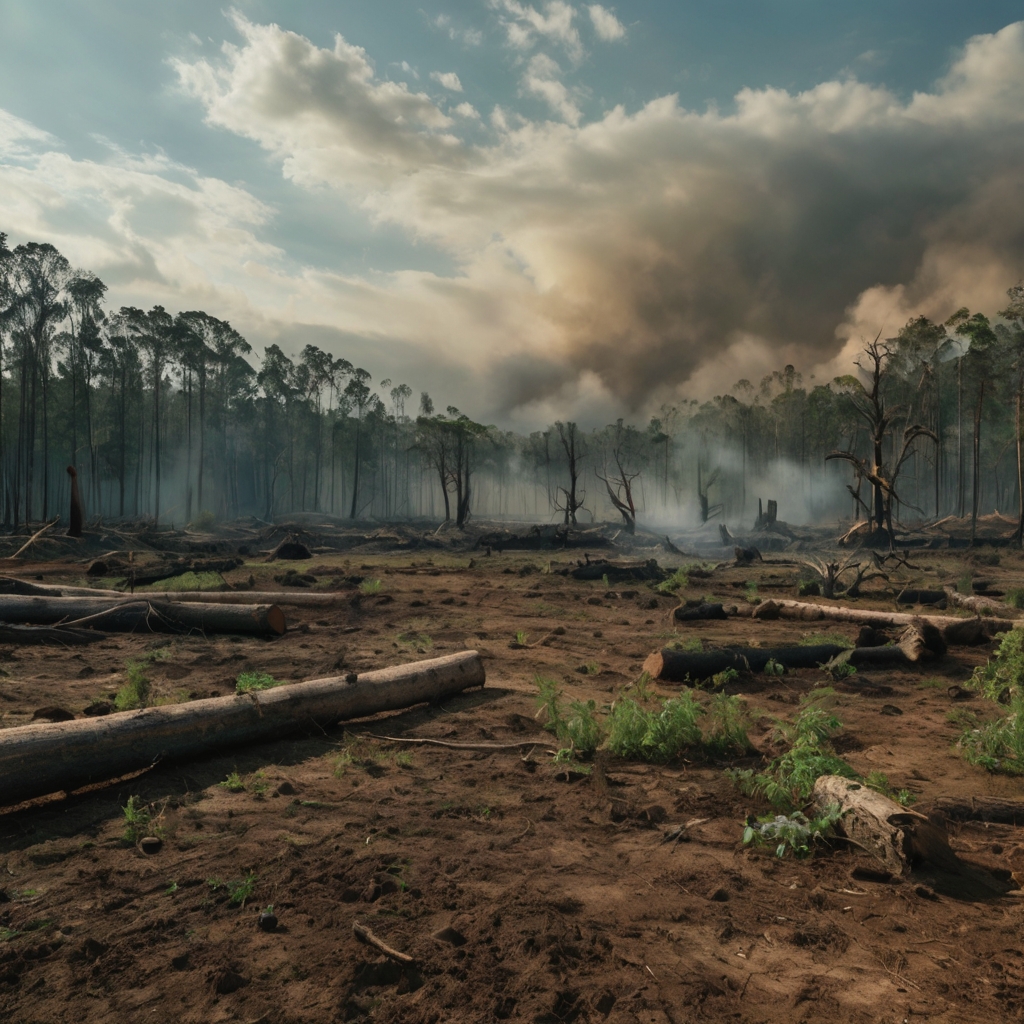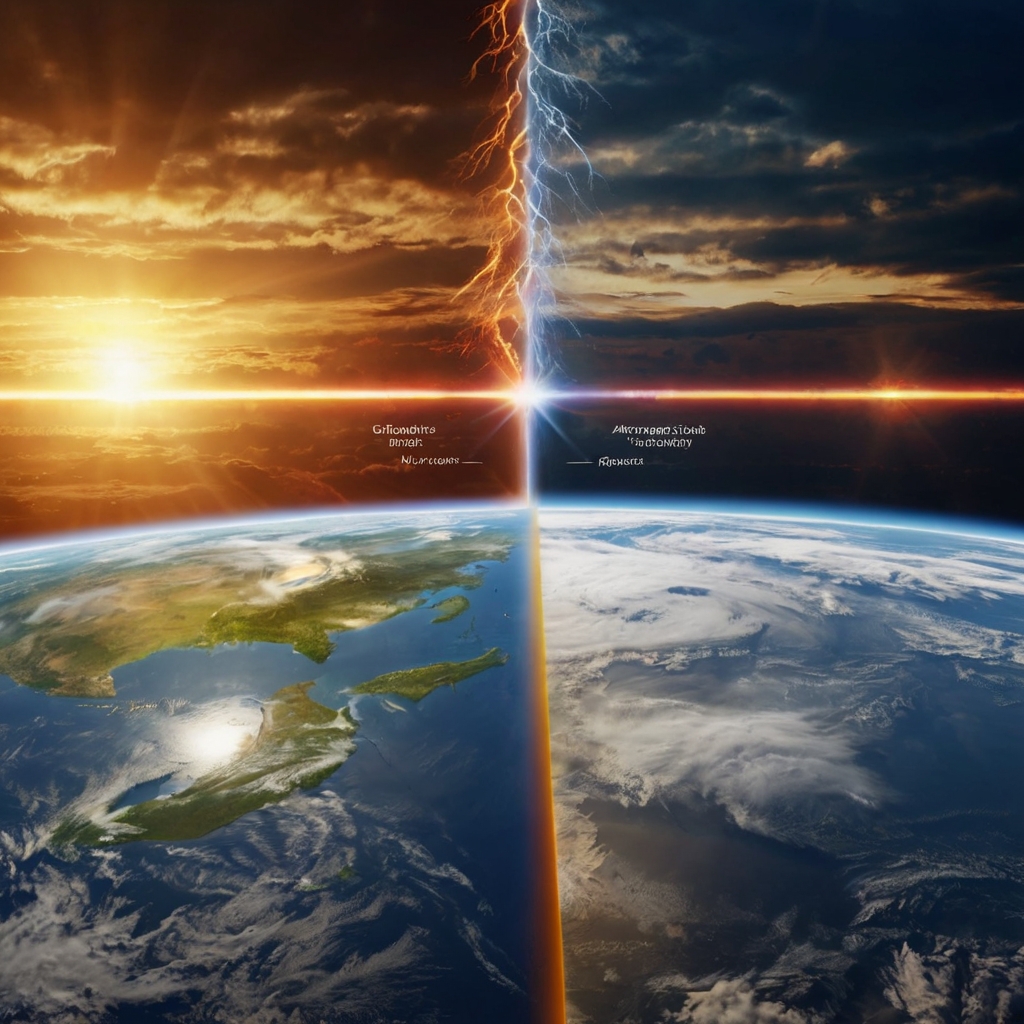What Is the Greenhouse Effect
The greenhouse effect is a natural process that keeps the Earth warm enough to support life. Without it, our planet would be too cold to live on. Here’s how it works: the sun’s rays reach the Earth and warm its surface. Then, the Earth sends some of that heat back toward space. Greenhouse gases—like carbon dioxide, methane, and water vapor—trap some of this heat in the atmosphere, keeping the planet warm. This balance is essential, but human activities are making the effect stronger, causing global warming and climate change that harm the environment.
How Greenhouse Gases Trap Heat
Greenhouse gases act like a thermal blanket around the Earth. When sunlight hits the planet, the land and oceans absorb it and release it as infrared radiation (heat). Instead of letting that heat escape into space, gases like CO₂ and methane hold on to it. These gases are naturally present, but industrial emissions and pollution have made them more abundant. The result? More heat gets trapped, and the planet slowly warms up. Understanding how greenhouse gases work is key to addressing climate change and reducing our carbon footprint.
Natural Versus Enhanced Greenhouse Effect
There’s a difference between the natural and the enhanced greenhouse effect. The natural effect is essential—it keeps Earth’s average temperature comfortable for living beings. But the enhanced greenhouse effect is what we’re experiencing now due to human activity. Burning fossil fuels, deforestation, and large-scale farming are releasing more greenhouse gases than the Earth can handle. This overload causes temperatures to rise, disrupting ecosystems and weather patterns. This is why learning about the greenhouse effect isn’t just science—it’s important for our survival.
Common Greenhouse Gases You Should Know
Several gases contribute to the greenhouse effect, but a few play a bigger role than others:
-
Carbon Dioxide (CO₂): Comes from burning fossil fuels like coal, oil, and gas.
-
Methane (CH₄): Released from livestock farming and landfills.
-
Nitrous Oxide (N₂O): Emitted through agricultural and industrial activities.
-
Water Vapor: Naturally present but increases as the Earth warms.
Each gas varies in how long it stays in the atmosphere and how strongly it traps heat. That’s why even small increases in gases like methane can have big effects on global temperatures.
How the Greenhouse Effect Affects Climate
The stronger the greenhouse effect becomes, the more our climate changes. Rising temperatures cause glaciers to melt, sea levels to rise, and weather patterns to shift. Some regions may see more intense storms, while others might experience longer droughts or heatwaves. Wildlife is also affected—animals lose their habitats, and some species are at risk of extinction. For humans, the impact can be seen in agriculture, water availability, and even public health. It’s a global issue, but awareness is the first step toward solutions.
Human Activities That Intensify the Greenhouse Effect
Unfortunately, much of the enhanced greenhouse effect is driven by our actions. These include:
-
Burning Fossil Fuels: Power plants, vehicles, and factories release huge amounts of CO₂.
-
Deforestation: Trees absorb carbon, and cutting them down releases it back into the air.
-
Agriculture: Farming practices can emit methane and nitrous oxide, especially from livestock and fertilizers.
-
Waste Management: Landfills release methane when organic waste decomposes.
Reducing these activities or switching to greener alternatives can help reduce greenhouse gas emissions and slow down the warming process.
Ways to Reduce the Greenhouse Effect
Solving the problem won’t happen overnight, but there are real steps we can take:
-
Switch to Renewable Energy: Use solar, wind, and hydro power instead of coal or oil.
-
Drive Less, Walk More: Or use public transport and electric vehicles.
-
Support Reforestation: Planting trees helps absorb carbon from the atmosphere.
-
Cut Food Waste: Less waste means less methane from landfills.
-
Use Energy Wisely: Turn off lights, unplug electronics, and insulate your home.
Every action counts. Even small changes, when done collectively, can have a powerful impact on reducing the greenhouse effect.
Final Thoughts on the Greenhouse Effect
The greenhouse effect is both a blessing and a warning. It’s what makes life on Earth possible, but when intensified by human activity, it becomes a driving force behind climate change. Understanding it helps us make better choices—for our homes, our communities, and our planet. By learning about the greenhouse effect in simple terms, we empower ourselves to be part of the solution. The more we know, the more we can act.


